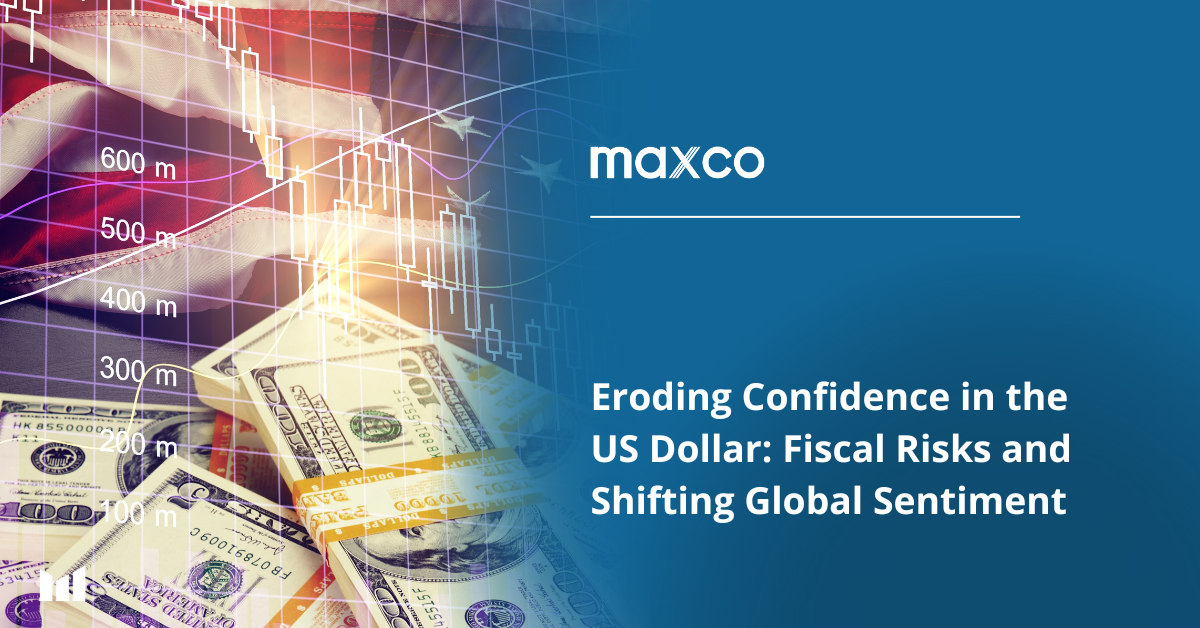As the global financial landscape faces growing uncertainty, confidence in the US dollar—the world’s dominant reserve currency—is beginning to show signs of strain. A combination of political decisions, fiscal imbalances, and shifting investor sentiment has led to a noticeable weakening in the greenback, raising broader concerns over its long-term outlook.
Tariffs Fuel Investor Anxiety
One of the key catalysts behind the dollar’s recent decline has been the Trump administration’s aggressive trade policy, particularly the imposition of tariffs. These measures have unsettled investors and contributed to a wave of capital outflows from US assets. The situation was exacerbated by Moody’s recent downgrade of the US government’s credit rating, further eroding trust in the fiscal stability of the United States.
Dollar Correction Accelerates
Since peaking in January, the US Dollar Index has dropped by approximately 10.6%, reflecting a market reassessment of the currency’s true value. Many analysts argue the dollar had been significantly overvalued and is now undergoing a natural correction. This shift has opened the door for speculative traders, who are increasingly taking large short positions against the dollar in anticipation of further declines.
Mounting Long-Term Fiscal Concerns
Beyond short-term market dynamics, long-term structural concerns are also weighing on the dollar. Expansive tax cuts combined with ballooning budget deficits have cast doubt on the sustainability of US fiscal policy. If left unaddressed, these imbalances could reduce confidence in the dollar’s role as a stable store of value on the global stage.
Global Dollar Holdings at Risk
Despite ongoing concerns, global investors still hold trillions of dollars in US-denominated assets. However, even a modest shift in sentiment could lead to a realignment of global portfolios. Should these investors begin to reduce their exposure, the resulting pressure could further weigh on the dollar and potentially disrupt US financial markets.
Asian Hedging Behavior Signals Change
In response to rising currency risk, several Asian economies with high dollar exposure have begun to adjust their hedging strategies. These changes, though subtle for now, could gain momentum and accelerate the dollar’s decline if they become more widespread—particularly among central banks and sovereign wealth funds.
A Bullish Case Remains
Despite recent headwinds, not all is bleak for the dollar. The US economy remains relatively resilient, with consumer spending showing strength and labor markets maintaining stability. Should economic growth exceed expectations, and the Federal Reserve continue its current policy stance, these factors could help support the dollar’s value—at least in the medium term.
Conclusion: A Volatile Road Ahead
While the dollar may be finding a more balanced valuation, the road forward is likely to be volatile. The combination of fiscal risk, evolving global monetary strategies, and fragile investor sentiment points to a future marked by increased uncertainty. Whether the dollar can maintain its dominant position will depend on policymakers’ ability to restore credibility and global investors’ willingness to remain anchored in US assets.
